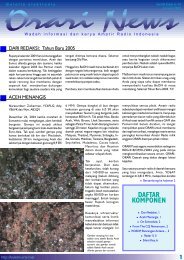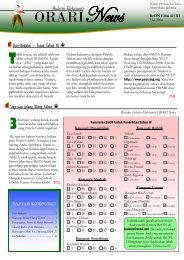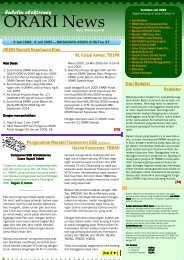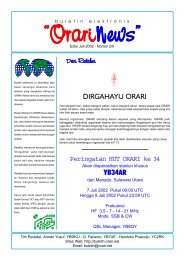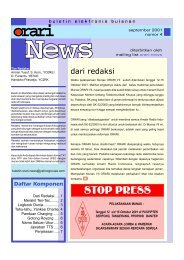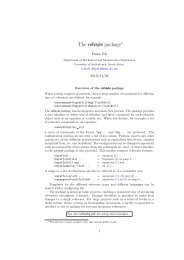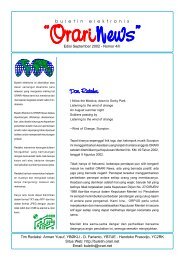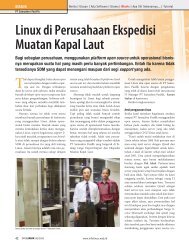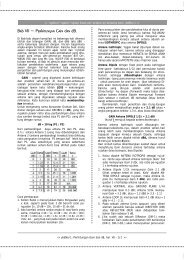Create successful ePaper yourself
Turn your PDF publications into a flip-book with our unique Google optimized e-Paper software.
System efficiency is often an important factor, particularly if prime<br />
power is obtained from a non-stationary source such as a diesel<br />
generator used in mobile systems. In applications where a power<br />
tube is operated continuously over a long period of time, improving<br />
the plate efficiency a few percent will result in considerable savings.<br />
Conversely, a reduction in plate efficiency not only raises operating<br />
costs for plate power to the tube but may also increase the cooling<br />
requirements to the extent that a larger blower motor (or water<br />
pump in the case of water-cooled tubes) is required, further raising<br />
operating costs.<br />
Heat exchangers are needed to cool most power grid tubes, thermal<br />
energy from the plate must be removed by means of an air mover<br />
(blower), vapor-phase cooling system, water cooling, thermal link<br />
(ie. conduction cooled) or by radiation (normally employed only in<br />
tubes with glass envelopes). Figure 23 illustrates the theoretical<br />
efficiency attainable with a tuned or resistive load, assuming the<br />
peak ac plate voltage is equal to the dc plate supply voltage.<br />
Figure 23. Anode efficiency vs. conduction angle for an<br />
amplifier with tuned load. (From Thomas L. Martin,<br />
Jr., “Electronic Circuits,” p. 452, Prentice-Hall, Inc.,<br />
Englewood Cliffs, N.J., 1955).<br />
A Class A power amplifier is used in applications requiring large<br />
amounts of low harmonic distortion power output. A Class A<br />
amplifier can be operated with very low intermodulation distortion in<br />
linear r-f amplifier service (see section 4). Typical anode efficiency<br />
for a Class A amplifier is about 30 percent. The power gain is quite<br />
high due to the very low drive power required. Gains as high as<br />
30 dB are typical. Class A service is widely used in audio amplifier<br />
service and regulator service.<br />
A Class AB power amplifier is capable of generating more<br />
power, with the same tube, than the Class A amplifier, but more<br />
intermodulation distortion is generated at the same time. A Class B<br />
r-f linear amplifier will generate still more intermodulation distortion,<br />
but is acceptable in certain applications. The anode efficiency is<br />
32




